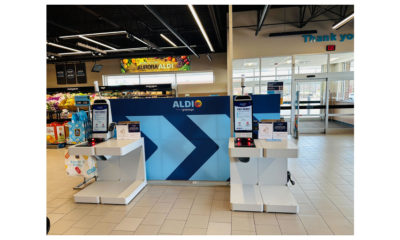As retailers head out into choppy, uncharted waters this holiday season, pessimism is higher than it’s been in a number of years and fashion has become a diminishing priority.
Remember when retailers had only to concern themselves with the number of weekends between Thanksgiving and Christmas? Or an unseasonably warm December? Now they’re worried about the return of Hoovervilles in Central Park, bread lines and soup kitchens across the country, and the re-emergence of the dime as currency somebody might actually beg for.
We’ve reassured ourselves that federal regulators and Wall Street smart guys would never let the 1930s happen again. Oh yeah, them! Any wonder we’re pessimistic?
If Wall Street isn’t so smart, Walmart is. The retailer that raced to success during the last economic downturn is taking the lead once again. According to The New York Times, the discount mass-merchandising giant has hired a “family financial expert” to teach shoppers how to deal with debt, college tuition, buying or selling a house, saving a buck. “There’s an entire generation that’s never really had to know how to stretch the value of a dollar,” says Ellie Kay, author of “A Mom’s Guide to Family Finances,” who conducts financial-advice chats on Walmart’s web site. (The headline for this column is actually a quote from Kay.)
The idea of retailers teaching thrift may seem as antithetical as hotels promoting the comforts of sleeping at home. But wisely, notes The Times, other retailers have adopted similar action plans. Stop & Shop is offering “affordable food summits” where consumers are taught how to lower their grocery bills. Home Depot offers classes on how to cut energy bills. Hy-Vee, a supermarket chain based in Iowa, offers tips on feeding a family of four for $8 or less.
The return of Hoovervilles is an overly dire prediction. But even with a Wall Street bailout and a new president, nobody expects economic conditions to improve right away. Retailers who count on waiting this thing out may find they have a long wait on their hands.
Advertisement
So many things have changed since the last stock market calamity 20 years ago. Unlike the case in past downturns, today’s retailing marketplace is filled with dollar shops and thrifts, consignment and outlet stores, huge discounters who sell everything from Levi’s to lettuce, and shopping on the Internet. Those retailers that figure out creative ways to become partners in their customers’ lives improve their chances of coming out the other end. Those retailers that just keep selling stuff and hoping for the best may be the dinosaurs of the current Ice Age. And that boneyard is already getting too crowded.

 Photo Gallery1 week ago
Photo Gallery1 week ago
 Headlines4 days ago
Headlines4 days ago
 Headlines1 week ago
Headlines1 week ago
 Headlines2 weeks ago
Headlines2 weeks ago
 Headlines2 weeks ago
Headlines2 weeks ago
 Designer Dozen1 week ago
Designer Dozen1 week ago
 Headlines1 week ago
Headlines1 week ago
 Headlines3 days ago
Headlines3 days ago













